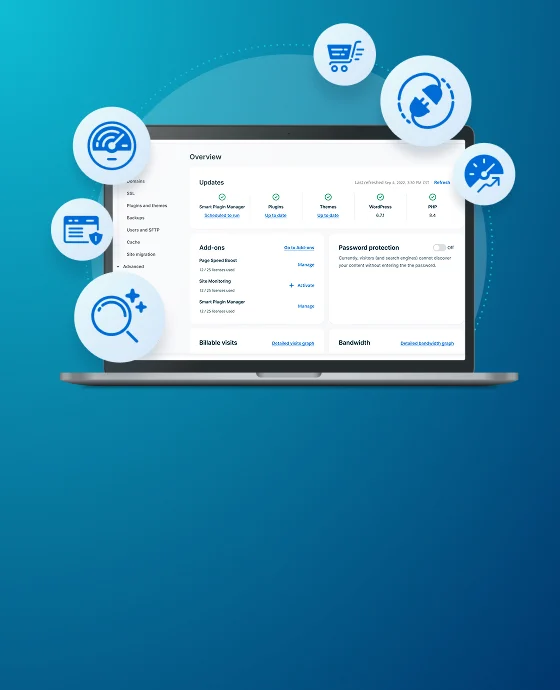Why You Should Design for a Niche
You’ve heard it time and time again: “Design for a niche!” And some of you are probably thinking: ”won’t that just limit my clients? How can that possibly help me bring in new business if I’m turning away everyone except for a small group of people?“
It’s a scary thing, to consider positioning yourself as a designer for a specific set of people, and not everyone else. But before you write the idea off, here are just a few benefits of establishing a niche.
1. Clients Will Know Exactly What You Can Offer Them
Let’s start with the time before your clients are even your clients. They want to know what you’re capable of and why you’re the right designer for their job. If you’ve got a niche defined, future clients can see in your portfolio exactly what you’re going to do for them.
This takes some of the guessing out of the relationship, as they don’t have to wonder how you’ll perform designing for your first bakery, wedding, corporation, or whatever their business may be.

Right about here, some of you may be thinking, “But what if my portfolio doesn’t show enough variety?” Don’t fret. With a niche, you have to keep these two things in mind:
- Your specific clients most likely don’t care too much about variety; they care about what you’re going to do for them. They don’t need to see every market ever that you’ve designed for—just what you’ve done for people like them.
- Even within a niche, your designs for past clients are probably pretty different. Each of your clients is unique, with unique problems that you helped solve. If you need to talk about variety, talk about that.
2. Your Voice Can be Extremely Consistent
Imagine you’re at a party, full of different people from different backgrounds with different interests. How often do you dive into the details and expertise of what you do? (I’m going to guess not too often.) In this scenario, you spend a lot of time starting from square one, and repeating what you say to every individual person. It’s time consuming, to say the least.
When you design for a niche, that party is more like a small book club. You’re all on the same page and can discuss topics on a deeper level. You don’t have to worry about explaining the basics; you can expect that your clients already have a certain level of understanding in a specific interest. This allows you to get the conversation with clients to a more meaningful and productive place, saving you time and ultimately, money.

3. You Can Template Things and Maximize Productivity
Speaking of that consistent voice, that can be really convenient when it comes to contracts, emails, or other forms you regularly send to clients. When you have a large variety of clients, it can be difficult to establish common ground for all of them, leaving you to create custom versions of all those forms.
When you design for a niche, you can make your life a little easier and template these things, with common language for your specific clients. This will save you a lot of time and will help you get back to tasks that are more important than typing out 20 unique emails.
4. You Can Grow Your Strengths in that Niche
When you design for a niche, you’re able to focus on a single industry. You’ll still have to do research about each individual client that you take on, but you’ll know the market inside and out.
This will give you an advantage over other designers who might not know anything about that niche. You’ll know exactly what these clients need, what makes their business successful, and how to execute the best designs for them.
5. And Remember: You’re not Actually Stuck in this Niche
Just because you’ve defined a niche for yourself doesn’t mean you can never ever take on any other type of project—it just gives you a consistent way to market yourself.
If something comes up that gets you excited about designing (even if it’s not your typical type of client), go for it! It’ll give you a creative break from your norm, and you might even learn something working with a different type of client!


